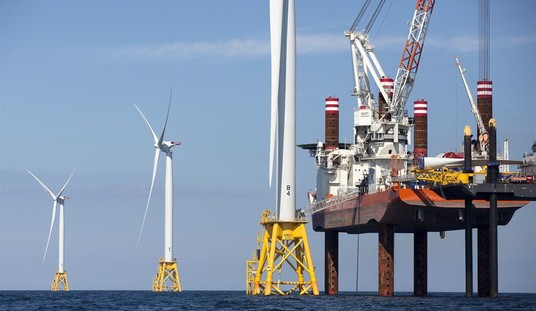Last week we learned about the Maryland paper mills which are raking in big taxpayer dollars in green energy subsidies by burning a foul-smelling byproduct from their manufacturing process known as “black liquor.” If that story wasn’t bad enough, it turns out that other industrious individuals have figured out their own way to cash in on the renewable energy game. If you can take advantage of these programs and turn a profit by burning an obscure, black sludge, might you be able to go whole-hog and similarly cash in by just burning huge piles of toxic trash?
I’m glad you asked. It turns out that you can, and plenty of people in Maryland are already doing it. (Baltimore Sun)
A trash incinerator in Southwest Baltimore is the city’s largest single source of air pollution. But a state law has nonetheless allowed it to collect roughly $10 million in subsidies over the past six years through a program intended to promote green energy.
Few commuters who pass the imposing white smokestack on Interstate 95 have any idea that the plant burns their household waste, that their electric bills help to maintain it, or that it releases thousands of pounds of greenhouse gases and toxic substances — carbon dioxide, hydrochloric acid, formaldehyde among them — into the air every year.
The company is Wheelabrator Baltimore, and if you ask them about this they will tell you that they are fully in compliance with the law and entitled to the millions of dollars in renewable energy subsidies they’ve been receiving. And guess what… they’re right! Thanks to the generous nature of Maryland’s legislature (where, apropos of nothing, Democrats currently hold a three to one advantage in the state senate and a nearly two to one lead in the House of Delegates), when the state’s renewable energy rules went into effect, burning trash as a “renewable resource” was classified right up there with wind and solar as one of the best options, deserving of some government cash.
If anything, the “green” benefits of this trash burning operation are even worse than the paper mills. The “black liquor” is only publically noted for releasing carbon dioxide (though previous reports indicate it contains a lot more). But this trash plant is putting out hydrochloric acid, formaldehyde and who knows what else. They are also listed as the largest single source of pollution in the city of Baltimore, which is saying something.
So how did this happen? Once “green energy” became a thing and was supposed to combat the evils of global warming, the race was on to see who could be the first and the biggest to “do something” about it. So taxpayer money was made available at the federal, state and local levels for people willing to sign on to the cause. Unfortunately, we’re talking about typically fallible human beings here. Even worse, we’re talking about… politicians. If you make a big pool of money available, somebody will be along shortly to grab as much of it as they can, by hook or by crook.
The green energy movement has generated massive amounts of money while producing questionable results in terms of actual progress. And in Maryland, one result was that companies burning toxic trash and foul-smelling, black sludge are raking in the profits from what was supposed to clean up the biosphere.








Join the conversation as a VIP Member